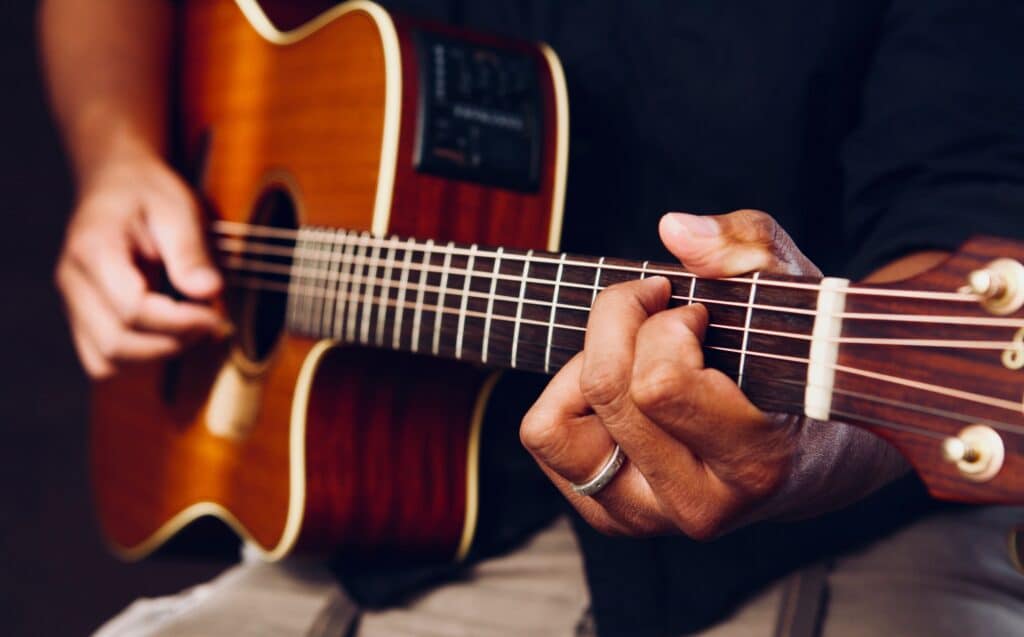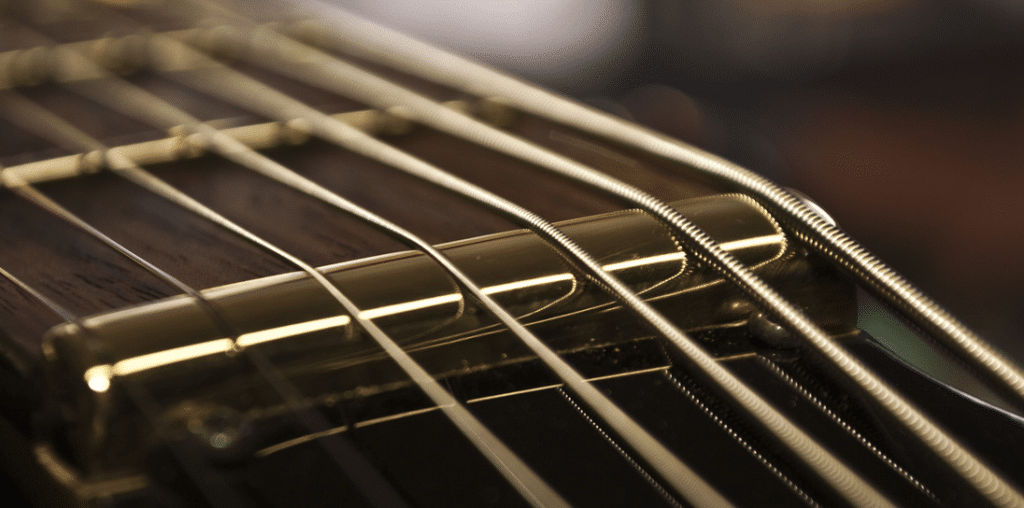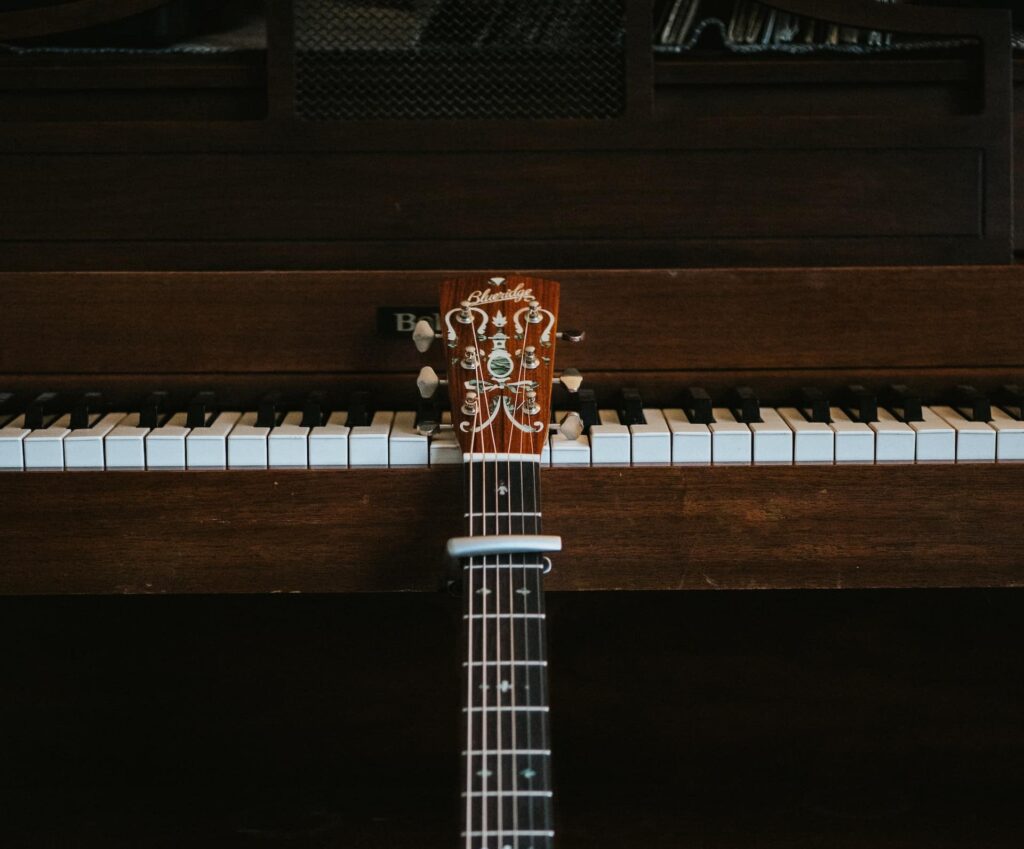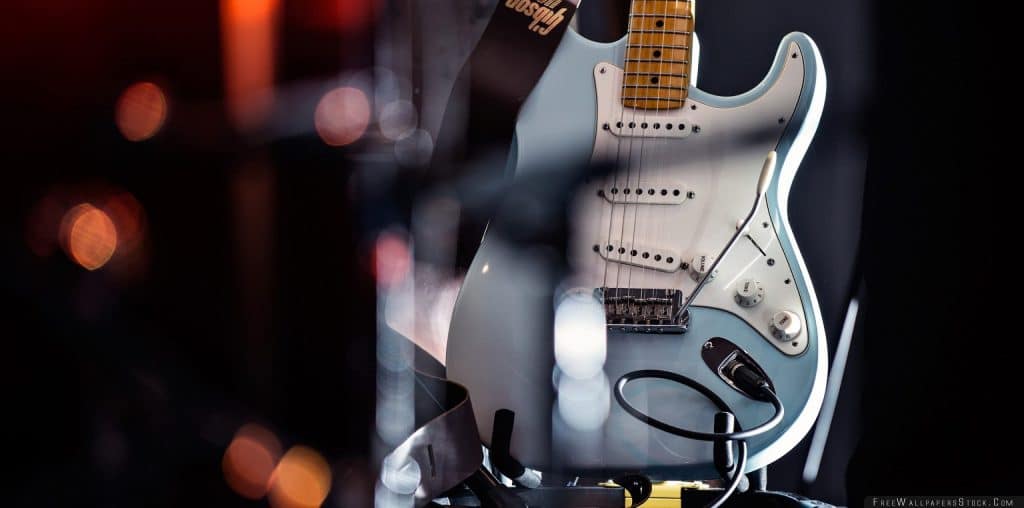Cheap electric guitar – what to expect from the instrument?
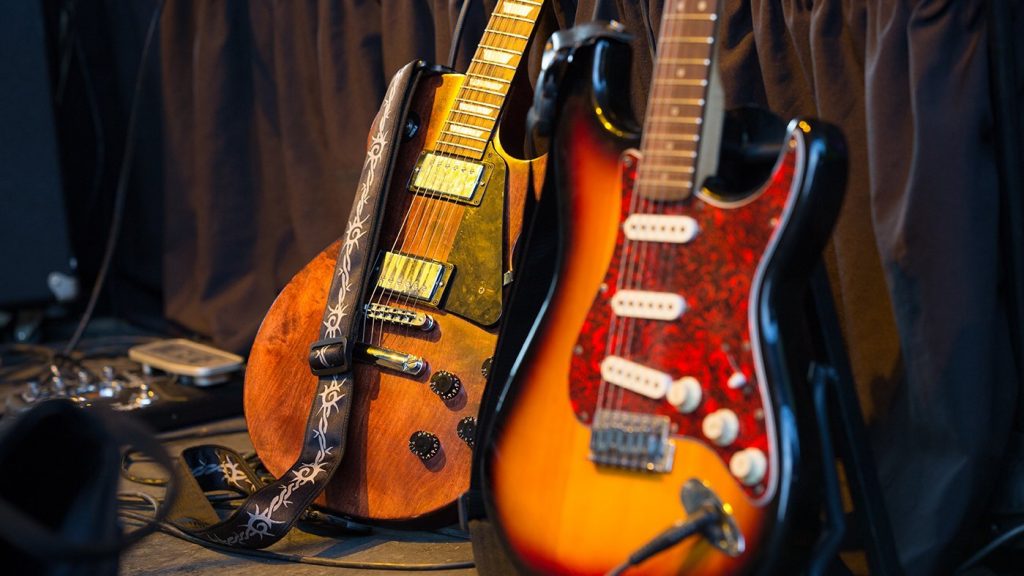 You really opt for a new electric guitar, but can’t afford a high-end one, like an Ibanez or a PRS guitar. You might think that going cheap will compromise quality. However, certain styles and models that come at a more affordable price will still have the features needed to generate a fantastic, high-quality sound. If you’re only starting to play, check out our selection of the best beginner electric guitar packs that can also easily be found under 300 dollars only.
You really opt for a new electric guitar, but can’t afford a high-end one, like an Ibanez or a PRS guitar. You might think that going cheap will compromise quality. However, certain styles and models that come at a more affordable price will still have the features needed to generate a fantastic, high-quality sound. If you’re only starting to play, check out our selection of the best beginner electric guitar packs that can also easily be found under 300 dollars only.
Electric guitars across the board will work along the same lines—no matter how expensive their price tag may be. The pickup of the guitar normally works as a magnetic field, gathering that current generated by the pluck and vibration of the string.
That vibration goes through the preamp circuit and is controlled by the guitar cable and settings and then transferred to the amplifier. That’s where the sound comes out, with the signal, various tones, controls, and effects. You can get a high-quality guitar amp for under 200 dollars, so there’s no need to empty your entire purse for a superb sound.
The sound that comes out of the amp will be determined by the amplifier’s design and capabilities, which is then outputted to a speaker.
In short, the various features of the guitar each play a role in how the sound is then transmitted.
How to take care of an electric guitar – life-prolonging tips
Especially since you’re not only investing your money but also your time and effort into your music, you should try your best to take care of your guitar so it lasts as long (or even longer) than your warranty ensures:
- Make sure you change the strings on a regular basis. Clean the fretboard while you’re doing so.
- Wipe down the fretboard quickly after every time you use it
- Don’t leave your guitar in a changing weather environment—keep it in a consistent-temperature kept area. Keep it also humidified.
- Clean and polish your guitar regularly.
- Do not scratch or ding your guitar if you can help it—a case can definitely help.
- Bring it regularly to a technician for a tune-up.
Consider the following features to choose the perfect electric guitar under $300
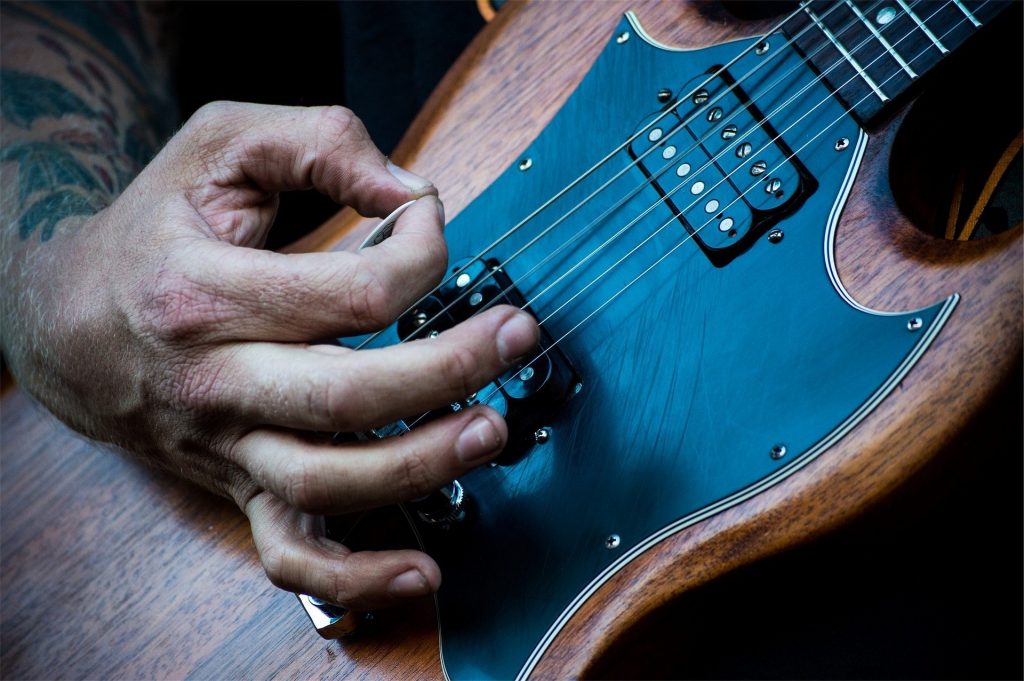 Before you buy, here are a few features to consider to make sure you’re choosing the right fit for your musical adventure:
Before you buy, here are a few features to consider to make sure you’re choosing the right fit for your musical adventure:
Scale length and weight
The measurement of the length of the string that vibrates is normally taken from the nut all the way to the bridge. If you have a longer scale length, like the Squier by Fender Bronco Bass which has a 30” scale length, it means that the tighter the feel will be with the string tension. A shorter scale length means the play is easier for smaller hands—it also means a warmer tone.
The weight of the guitar is also a huge factor—especially if you are looking to transport it for gigs or while you’re traveling. Although the weight of each guitar is not featured here, it is definitely something that you should consider.
Body type
The body type of the guitar can make all the difference. As seen here, the body is not only unique with the type of wood it is designed with but also the type of body it is, from solid to hollow to semi-hollow.
Tonewood
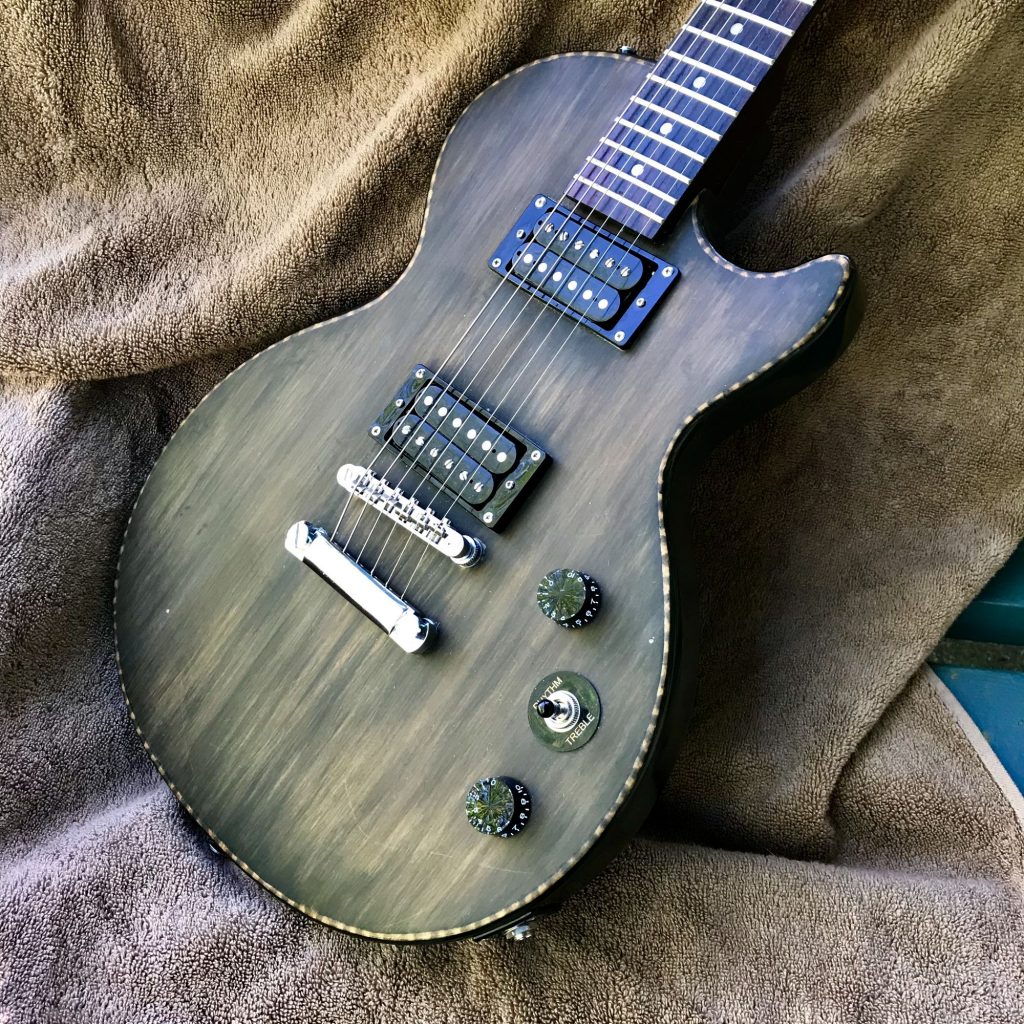 The wood makes a huge difference to the sound. As you can see through looking at the individual product reviews, each guitar is made up of a combination of several different types of wood.
The wood makes a huge difference to the sound. As you can see through looking at the individual product reviews, each guitar is made up of a combination of several different types of wood.
From a rosewood fretboard to a maple neck, these guitars will differ based on the type of wood they are made out of and will then differ in sound, as well.
Here are a few types of tone wood available:
- Mahogany
- Maple
- Rosewood
- Ebony
- Ash
- Alder
- Agathis
- Nato
- Pine
Pickups and controls
With electric guitars, the features go beyond the build and to the controls. if you’re looking for a basic design, you can get the single-coil pickup, which produces a bright and crisp sound.
A humbucker pickup will, as the name suggests, leaving a humming sound with two single-coils. This sort of pickup will emit a thicker, louder, and more powerful tone.
The piezo pickup uses mechanical vibration instead of magnets. The sort of sound emulated here are much like an acoustic tone.
Finally, an active pickup will need batteries. They also include filters and equalization circuits. This sort of pickup emits a higher output and a cleaner, clearer sound.
Bridge and tailpiece
The bridge and the tailpiece play important roles with the tone and playability of the guitar.
The bridge:
- Found mounted on the lower portion. They can be used to adjust string lengths, gauges, and metals. They are responsible for keeping the guitar in tune.
The bridge-tailpiece system:
- Can be a Tune-o-matic, a two-point rocking tremolo, a fulcrum vibrato, a locking vibrato, a Bigsby, a six-point rocking tremolo, a trapeze tailpiece or a string-through body.
Guitar shape

The guitar shape can also make a difference in the sound. There are a few different shapes when it comes to an electric guitar:
- Stratocaster
- Telecaster
- Les Paul
- SG
- Hollow Body/Semi-Acoustic
- Flying V
- Jazzmaster
- Jaguar
Consider the neck
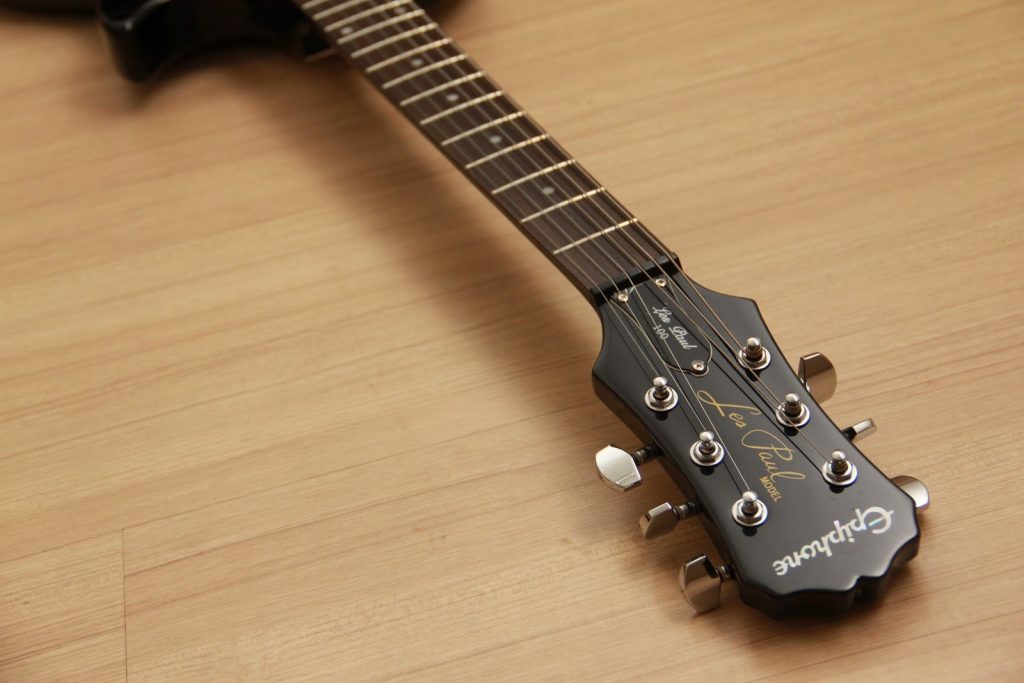 The neck is also a highly important part of the guitar build. Extending out from the body, this part has not only the fretboard and headstock for the tuners, but also a metal truss rod. This is an important feature of the neck that keeps the shape of the neck from contorting.
The neck is also a highly important part of the guitar build. Extending out from the body, this part has not only the fretboard and headstock for the tuners, but also a metal truss rod. This is an important feature of the neck that keeps the shape of the neck from contorting.
The neck will be different not only in construction but also in the design of wood.
The three different types of necks are Bolt-on, Set neck, and Neck-through.
Bolt-on necks are nailed right onto the guitar—this makes the necks easier to replace, customize and repair.
Set necks are glued onto the guitar and clamped on. These make for more difficult repairs.
Neck-throughs are much more stable than the other two but also more expensive. They are laminated along the whole length of the neck and come with ‘wings’ or ‘fins’.
Acoustic-electric guitar – would it fit your style?
The main solution to figuring out which would best fit your style is deciding how you want to use your guitar. Playing live, recording song, and avoiding having to buy extra equipment will make a huge difference in your decision.
After all, if you can’t choose between acoustic or electric, you can always choose something like we discussed today—an acoustic-electric guitar.
Warranty
There are some guitars on here that come backed with a lifetime warranty, like the Schecter 430 C-6 Deluxe or the Epiphone Les Paul SPECIAL-II. Of course, a lifetime limited is a great deal, showing that you can get the most and longest life out of your guitar. However, there are other budgeted guitars under $300 on this list that only come with a 2-year warranty, like the Squier by Fender Bronco Bass, which might not be worth your time.





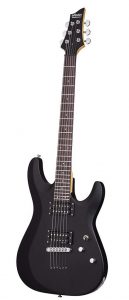
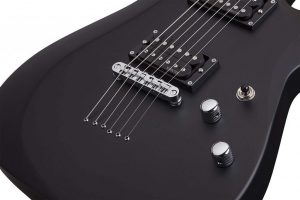
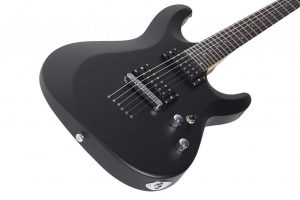

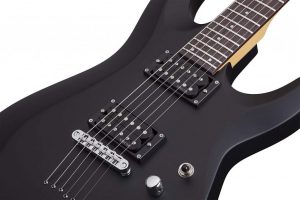

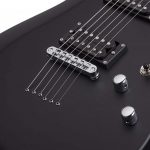

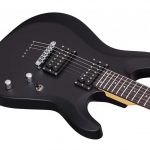
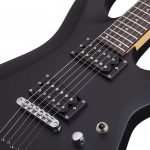




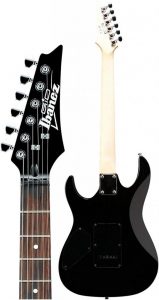
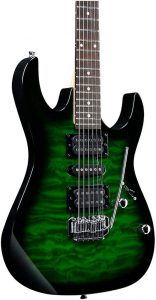

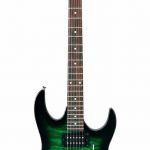
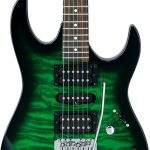
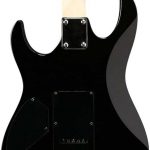
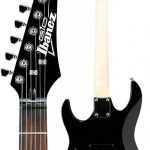
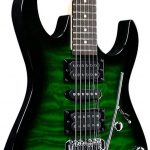
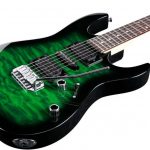

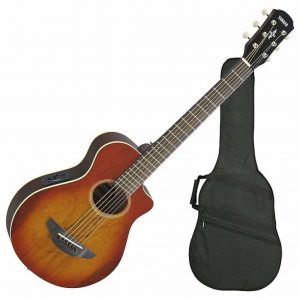
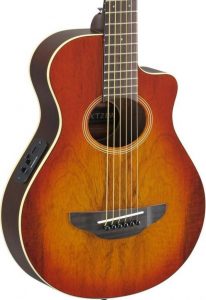

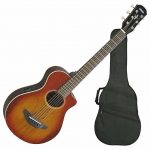
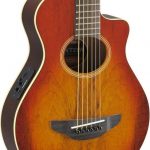
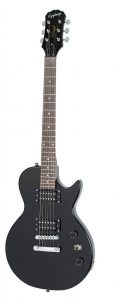

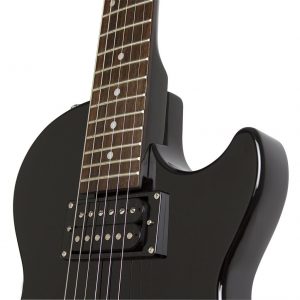

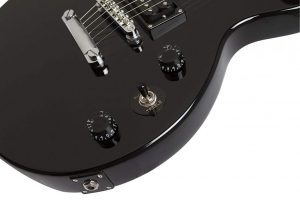
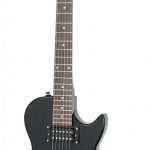
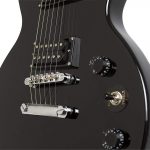
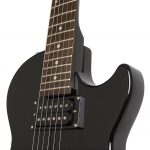
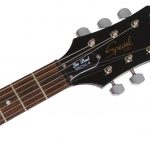
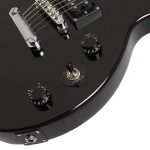
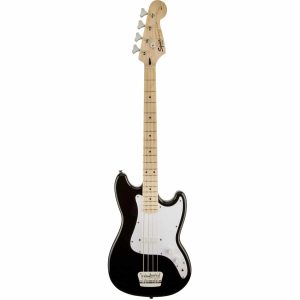

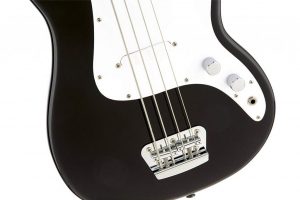
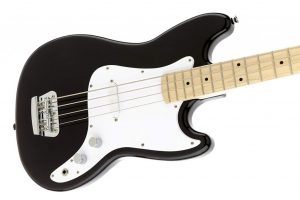
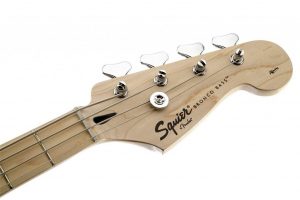

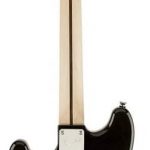
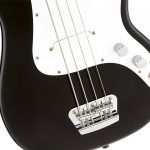
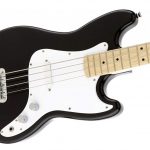

 You really opt for a new electric guitar, but can’t afford a high-end one, like an Ibanez or a
You really opt for a new electric guitar, but can’t afford a high-end one, like an Ibanez or a  Before you buy, here are a few features to consider to make sure you’re choosing the right fit for your musical adventure:
Before you buy, here are a few features to consider to make sure you’re choosing the right fit for your musical adventure: The wood makes a huge difference to the sound. As you can see through looking at the individual product reviews, each guitar is made up of a combination of several different types of wood.
The wood makes a huge difference to the sound. As you can see through looking at the individual product reviews, each guitar is made up of a combination of several different types of wood.
 The neck is also a highly important part of the guitar build. Extending out from the body, this part has not only the fretboard and headstock for the tuners, but also a metal truss rod. This is an important feature of the neck that keeps the shape of the neck from contorting.
The neck is also a highly important part of the guitar build. Extending out from the body, this part has not only the fretboard and headstock for the tuners, but also a metal truss rod. This is an important feature of the neck that keeps the shape of the neck from contorting.




